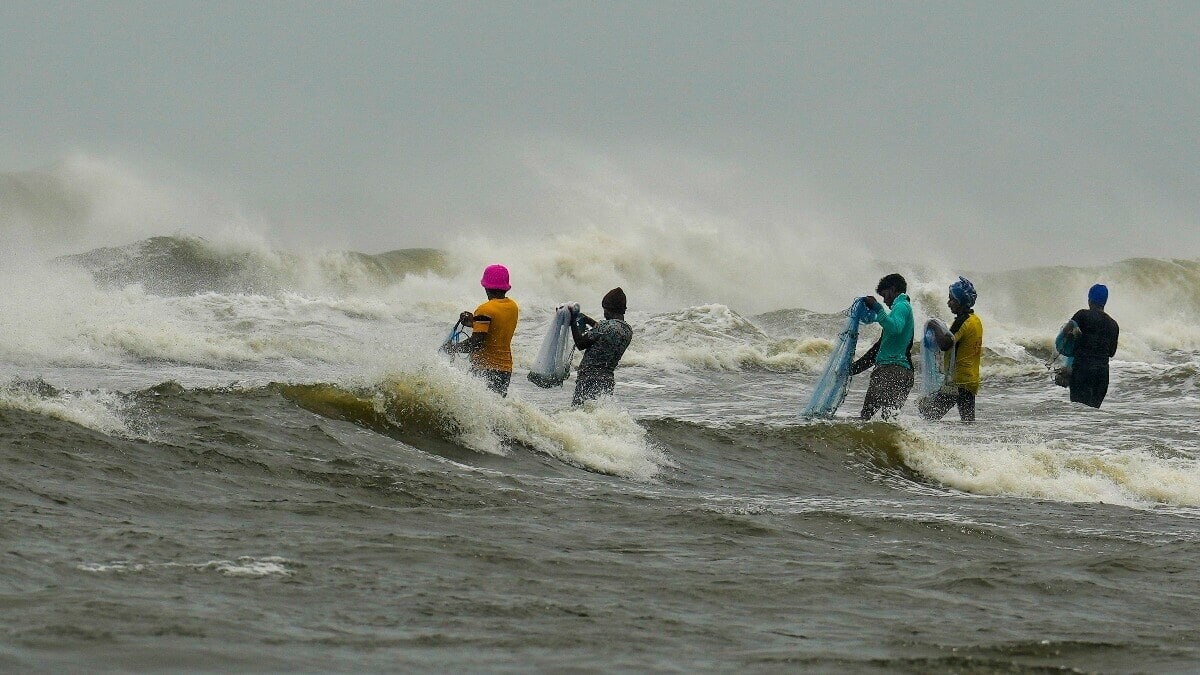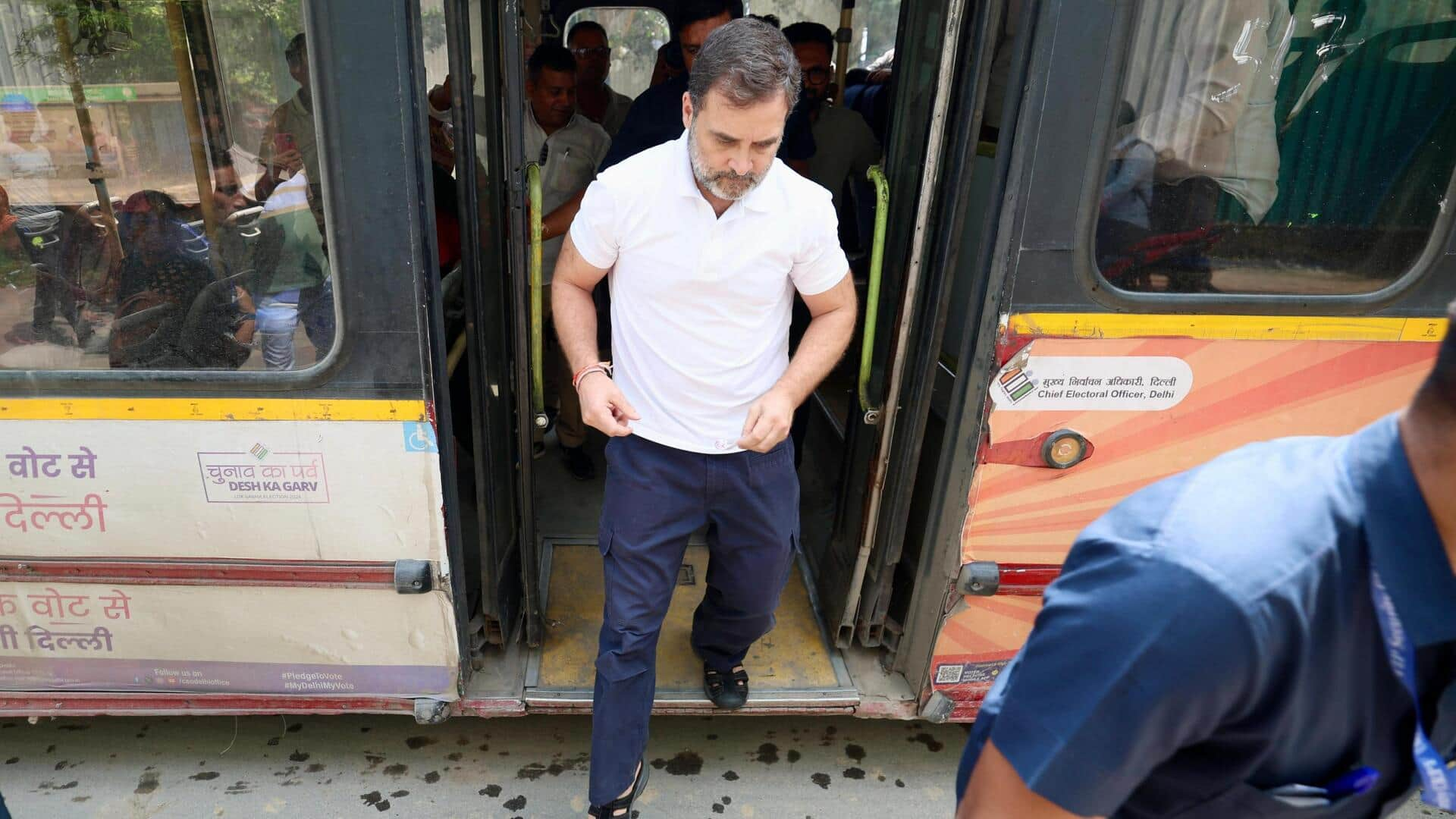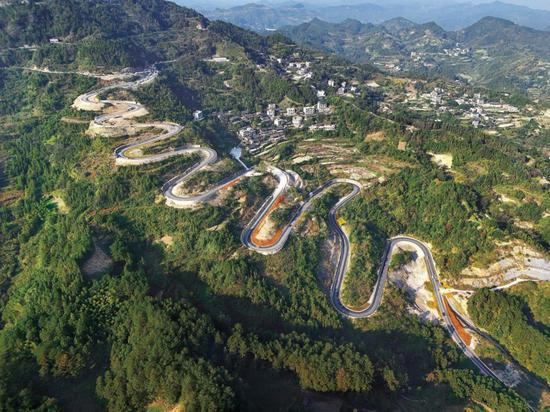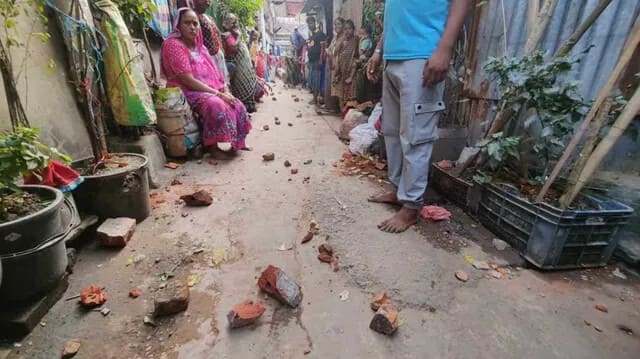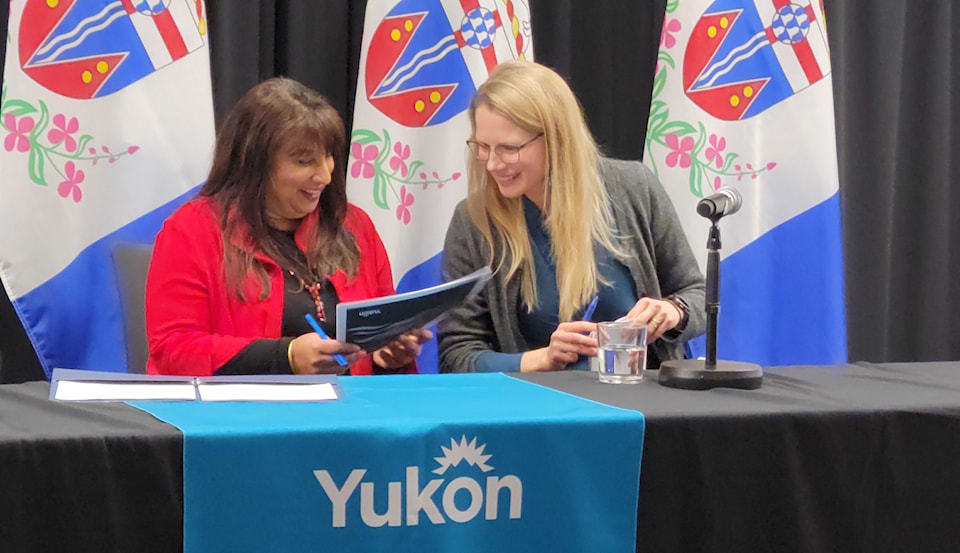
As another draft of the Dawson Regional Land Use Plan approaches, Yukon government representatives offered some explanation on the changes they want to see in the coming draft. Kaila deBoer, a director in the government’s land planning branch, explained the proposed changes at a Nov. 26 technical briefing.
The most recent draft of the plan that will govern land use on a wide swath of land centering on Dawson City was tabled in 2022. DeBoer was unable to give a firm timeline on when the final plan would be completed but explained that the Dawson Regional Land Use Planning Commission, whose members were appointed by the Yukon government and the Tr'ondëk Hwëch'in First Nation, would incorporate the suggested changes from the government and First Nation into its next draft. The land use planning commission was formed in 2018 to work towards a plan fulfilling the requirements set out in Chapter 11 of Tr'ondëk Hwëch'in's final agreement.

The government’s suggestions follow a package of proposed changes from Tr'ondëk Hwëch'in sent to the commission earlier this year. The First Nation’s recommendations included using Tr'ondëk Hwëch'in cultural pillars of reciprocity, respect and humility to inform sustainable development, more specific language on where quartz and placer mining would be permitted and additional work to flesh out the plan’s cumulative effects framework. At the Nov.
26 briefing, deBoer explained that the government’s latest recommendations concur with what the First Nation is proposing in some areas and differ in others. She explained that the government is supportive of most of the cumulative effects thresholds set out in the plan but proposed small increases in allowable surface disturbance for some types of protected areas. In its submission Tr'ondëk Hwëch'in expresses support for the 2022 draft’s thresholds for surface disturbance and linear disturbance that comes in the form of infrastructure like roads.
DeBoer said the government is also seeking clear standards for the restoration of disturbed parts of the planning area and guidelines on when restored areas can no longer be counted as disturbed. She added that some of the government’s proposed changes are aimed at making sure the plan can be adaptable with a clear process for variances amendments and reviews. DeBoer told reporters at the briefing that the government’s submission also seeks changes to the boundaries of some planning areas, with keeping some critical minerals deposits open for development an objective behind some of the boundary moves.
She said the government looked to sustainable development in drawing up its recommendations. “This doesn't mean all development for all reasons. It is development that meets the interests of Yukoners currently, without coming at the cost of Yukon’s future environment,” deBoer said The plan includes conservation areas and areas withdrawn from mineral claim staking.
“Overall, the government of Yukon is supporting designating 40 per cent of public lands in the regions of special management areas, so they'll be designated for conservation, contributing to about 45 per cent of the region having a conservation objective,” deBoer said..




